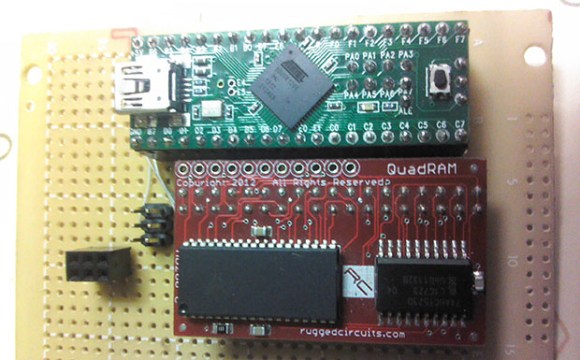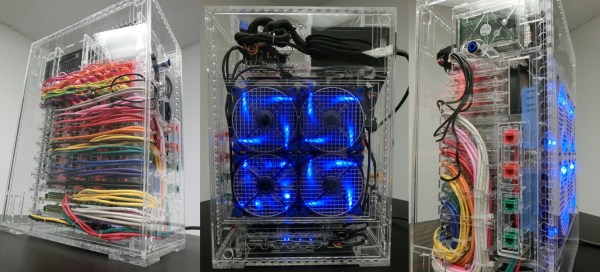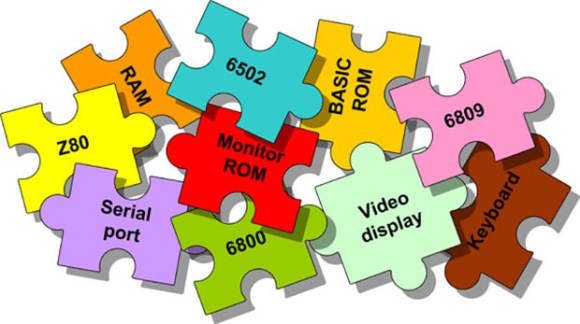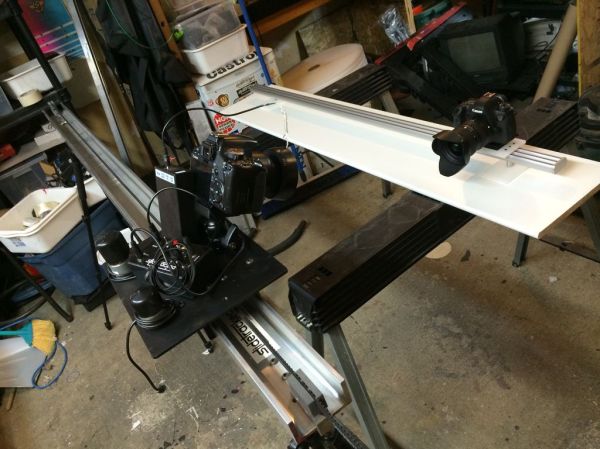
It’s been a pretty crazy winter here in Canada and the northern States, but at least one maker is having fun with it! He’s been making Snowdecahedras!
According to him, snow sculpting is an ancient art that was originally first discovered over 16,000 years ago outside of the caves of Lascaux, France. Despite whether this claim is true or just tongue in cheek, he’s crafted some amazing nonconvex regular polyhedra—or, stellated snowdecahedras—with a few fancy tools.
He’s created five steel molds for the sculpture by shearing 50 triangles out of steel sheet at his local hackerspace. After taping the cones together, he then welded them into place, creating a rather intricate five-piece mold. He’s welded nuts onto the outside of the pieces in order to tie the mold shut when it is filled with snow.
Plop it upside down, untie your ropes or other fastening device, and carefully remove each face, one at a time. Et voila, a beautiful spiky star for all to enjoy.
The project is part of the New American Public Art initiative.
















